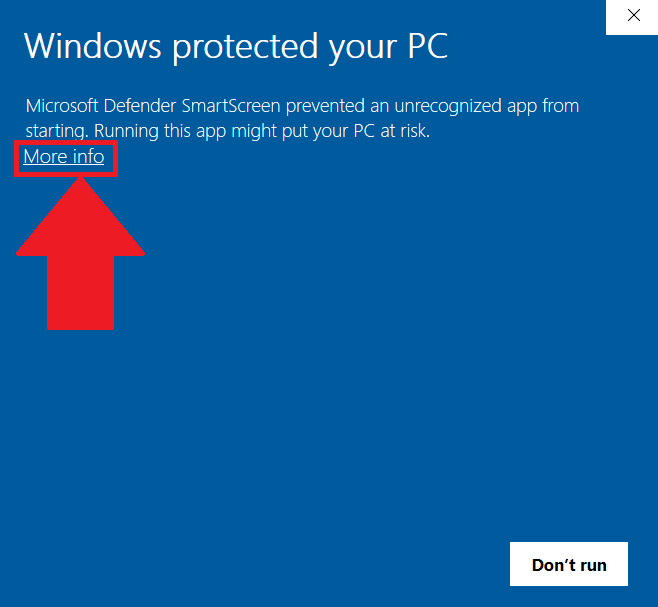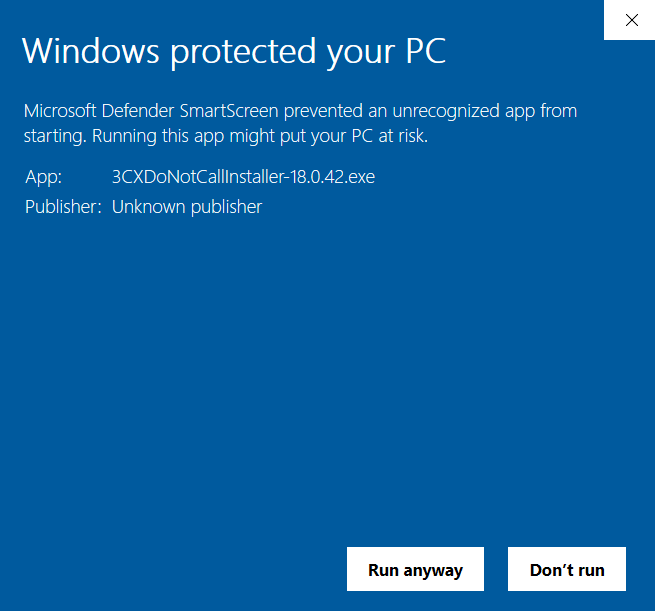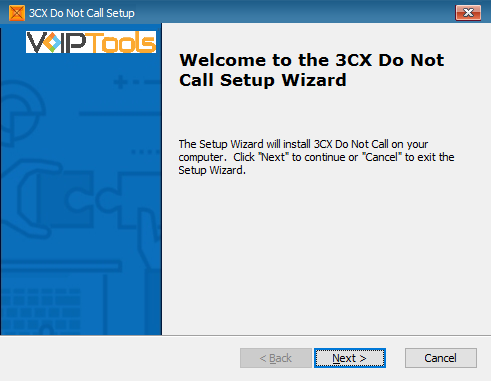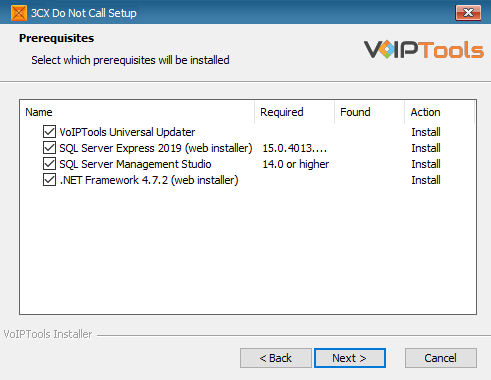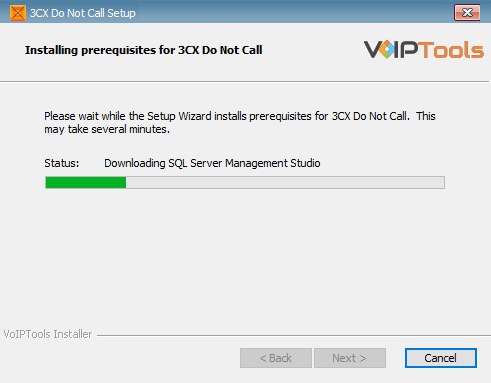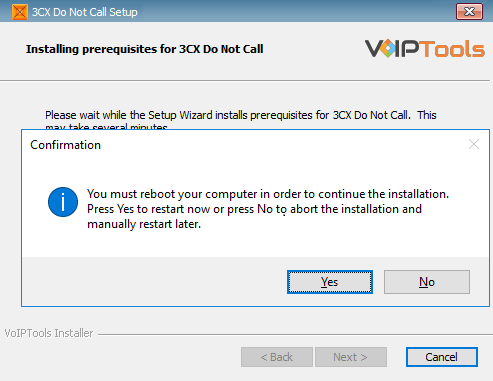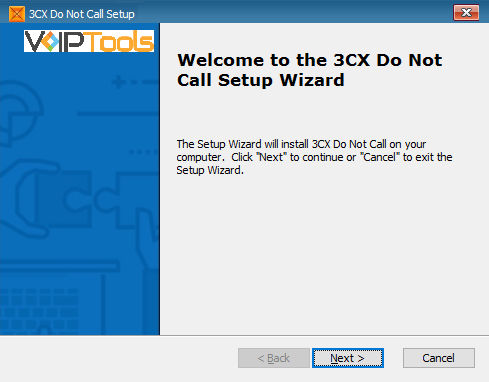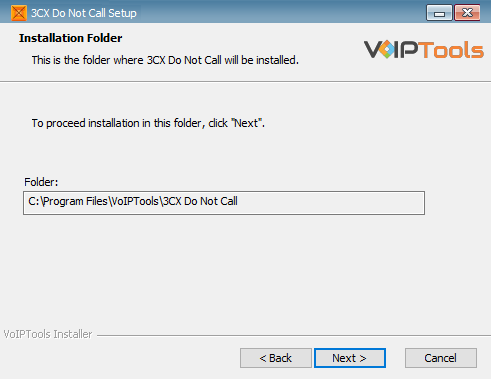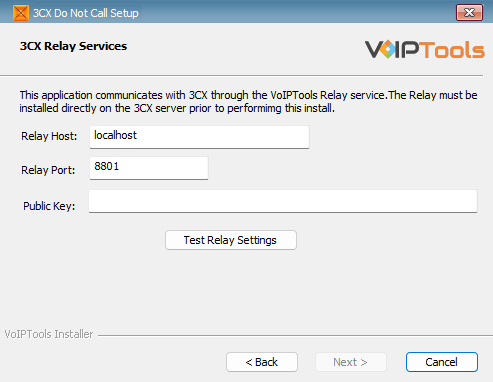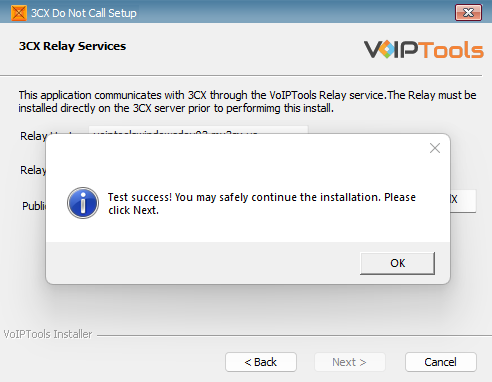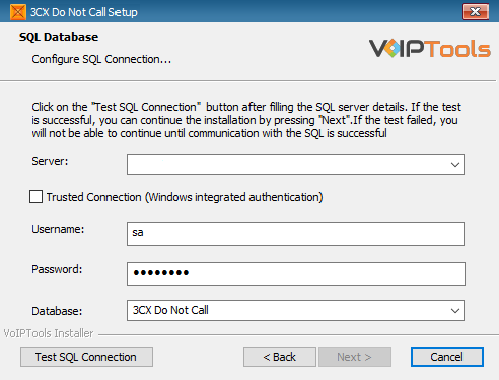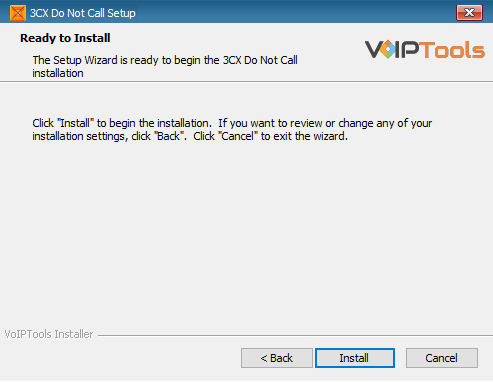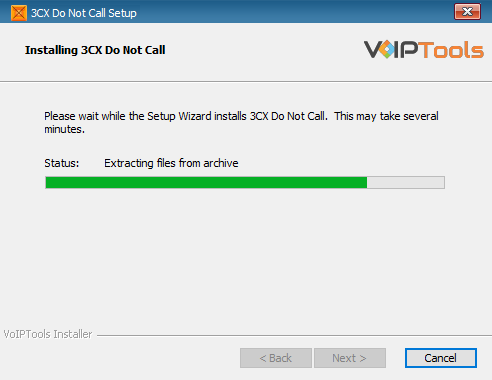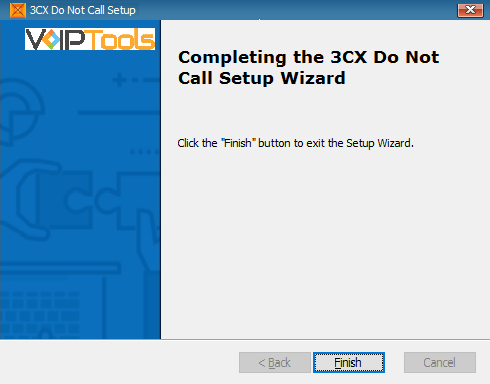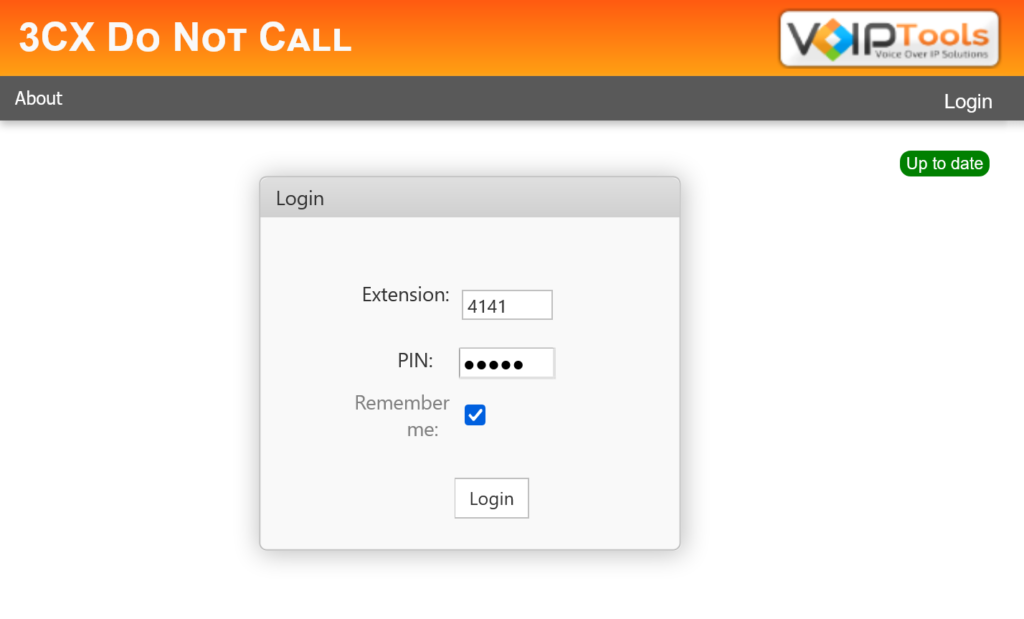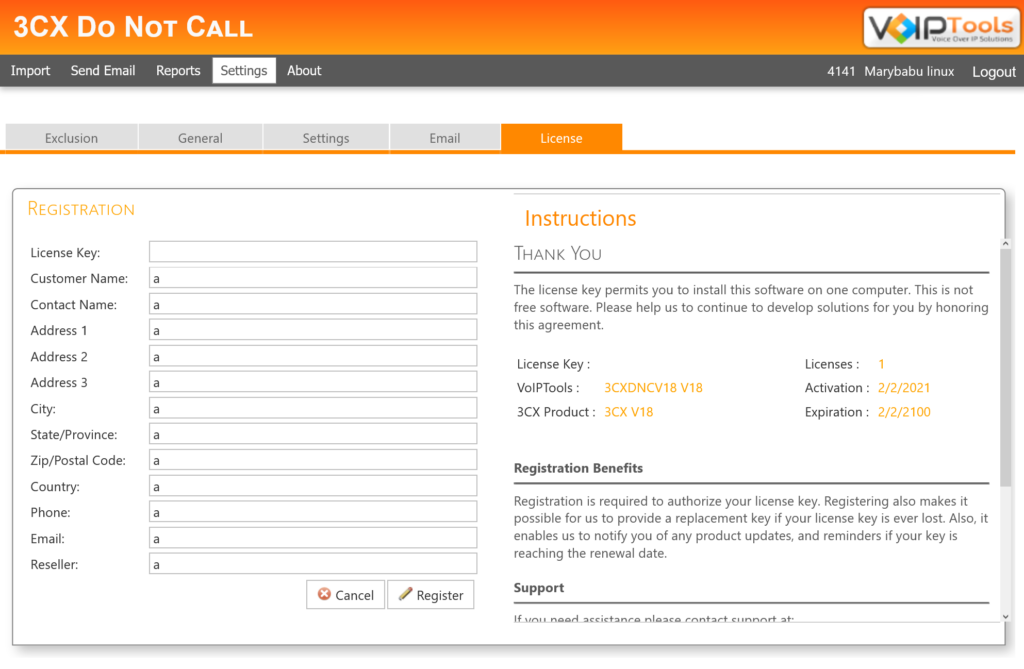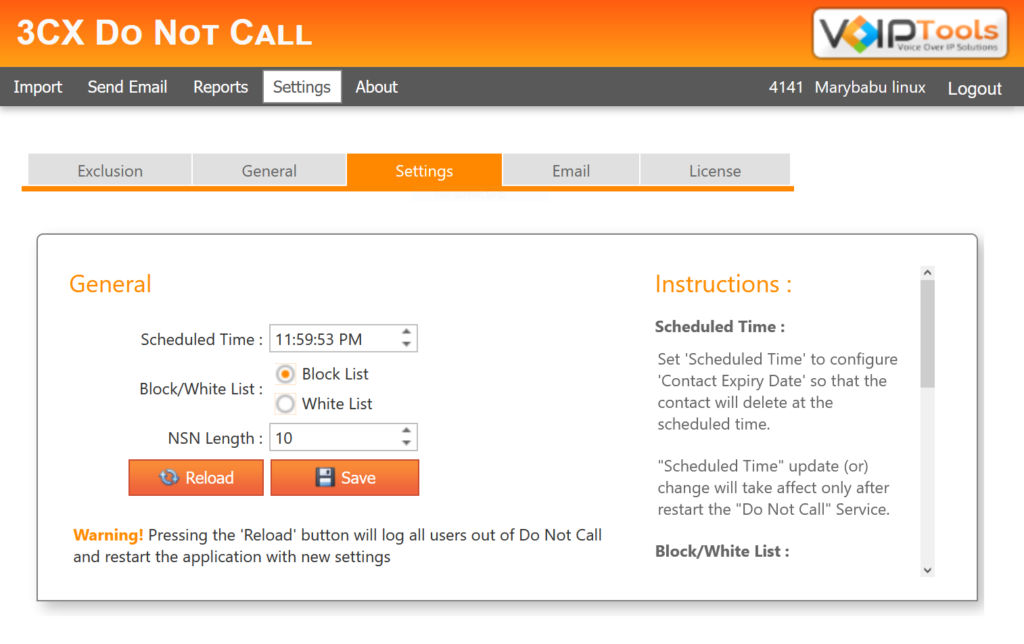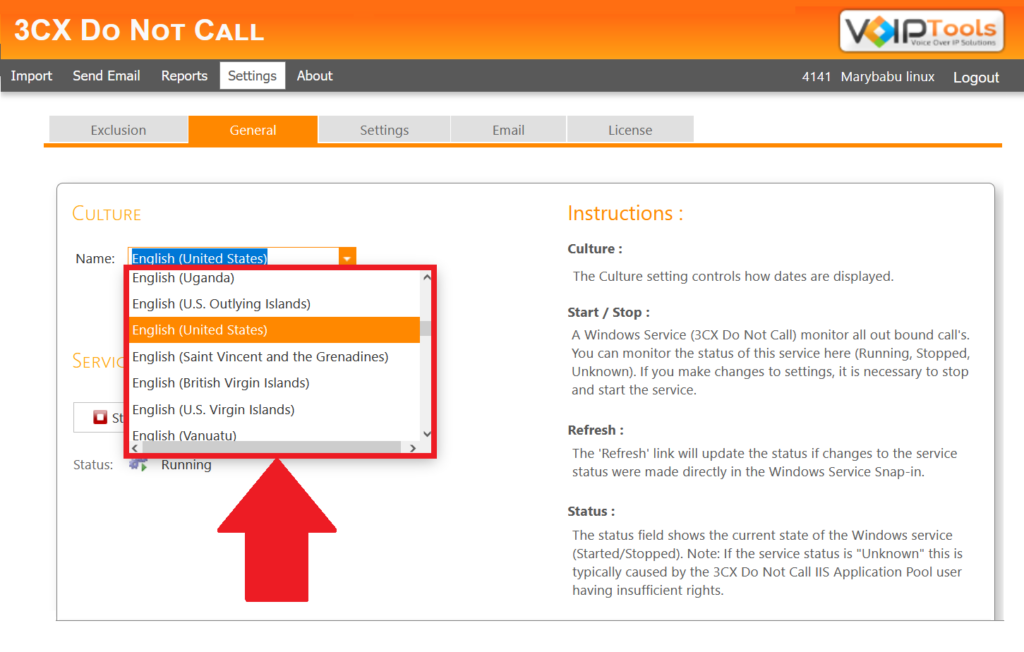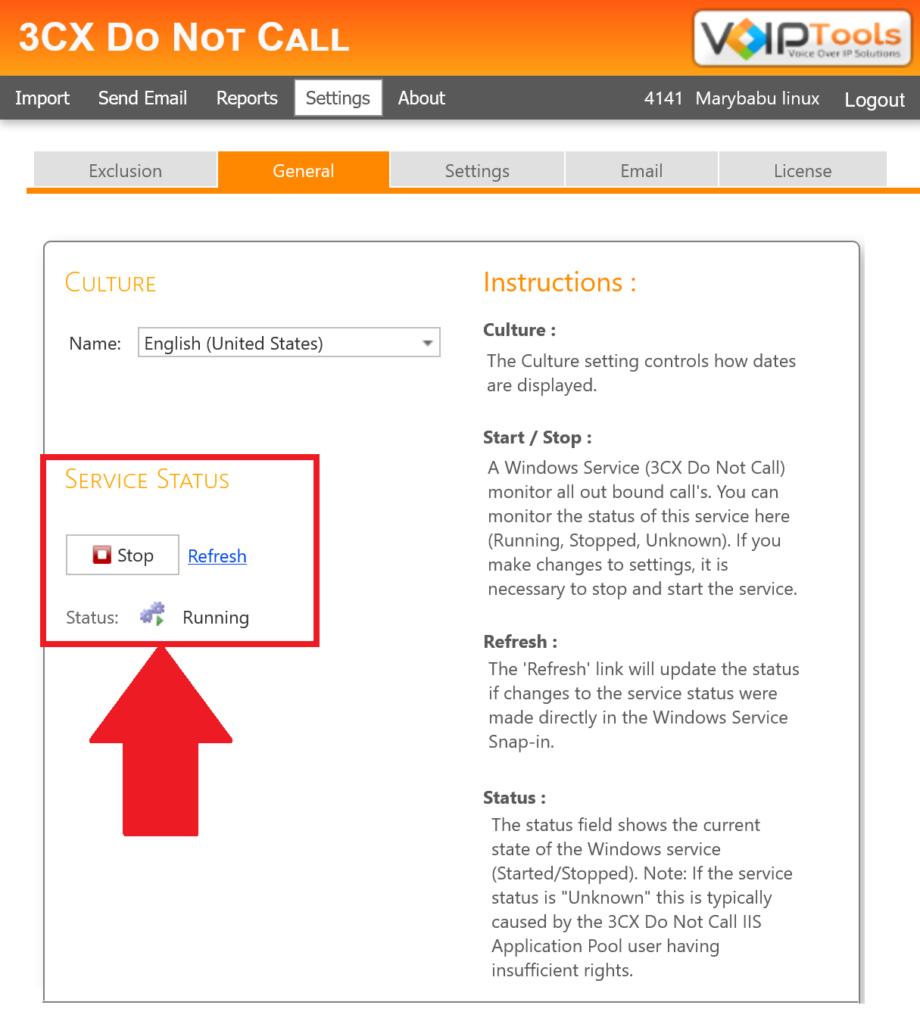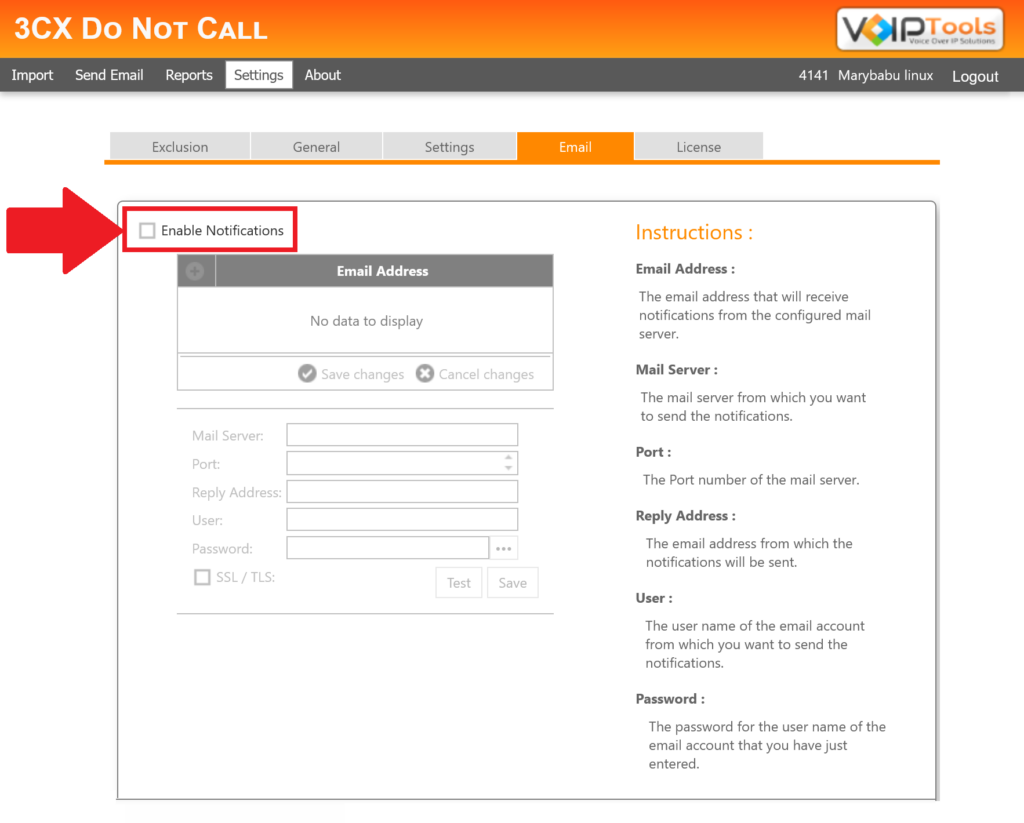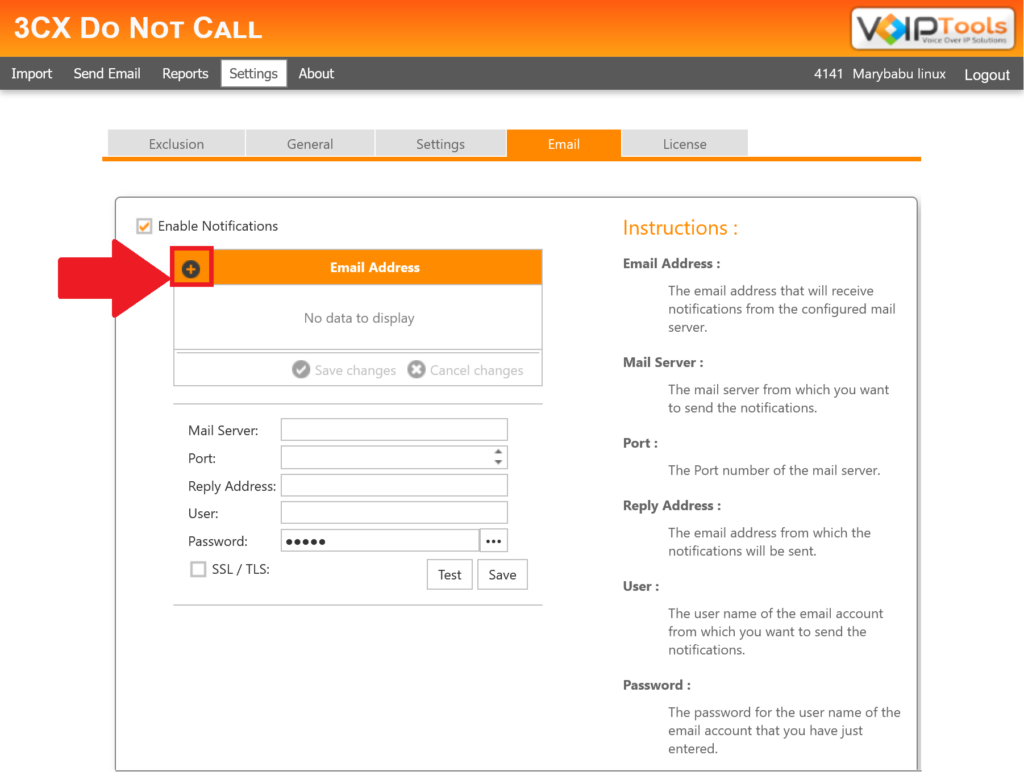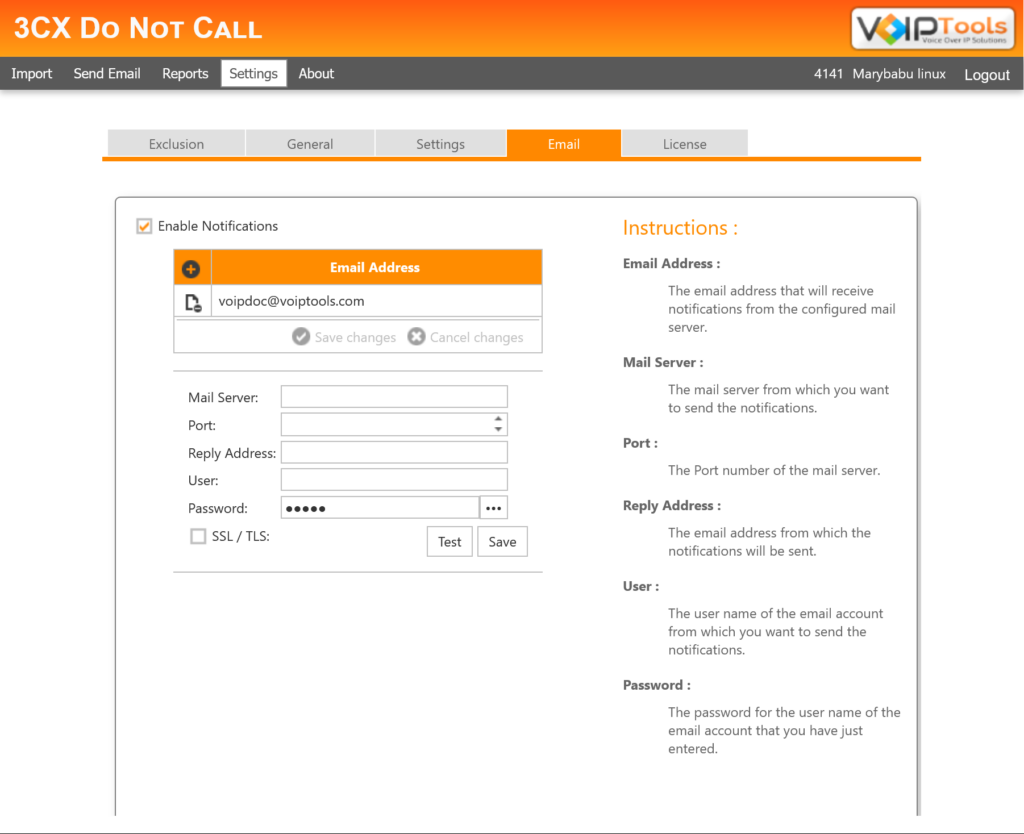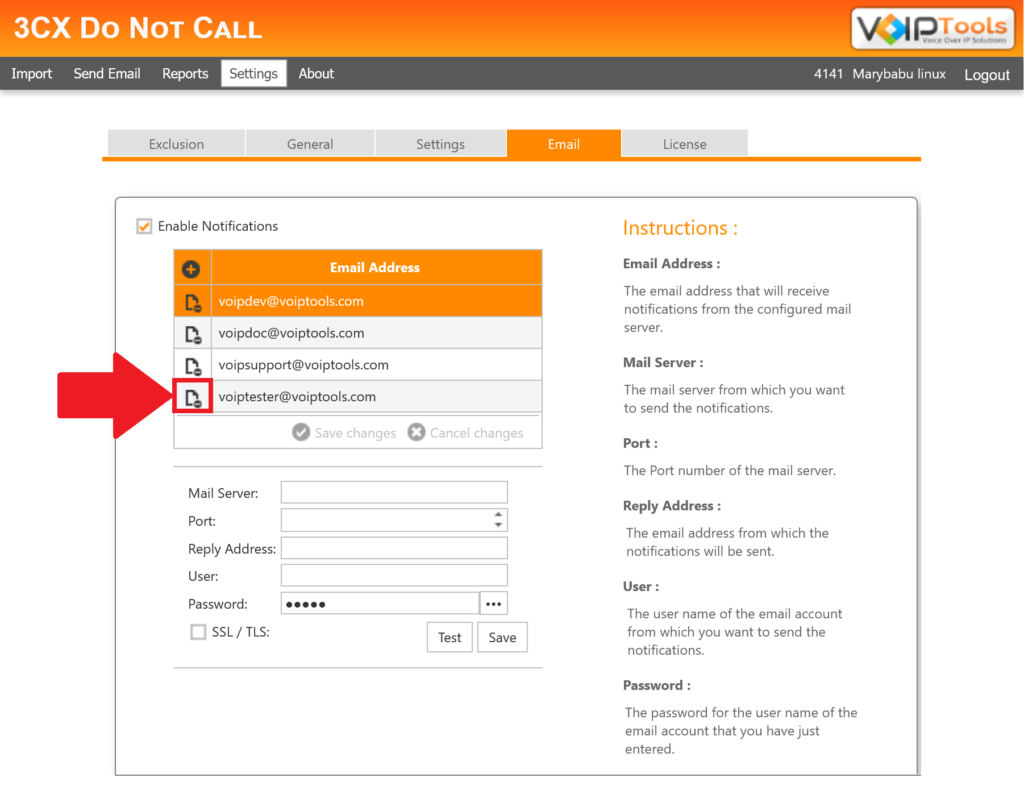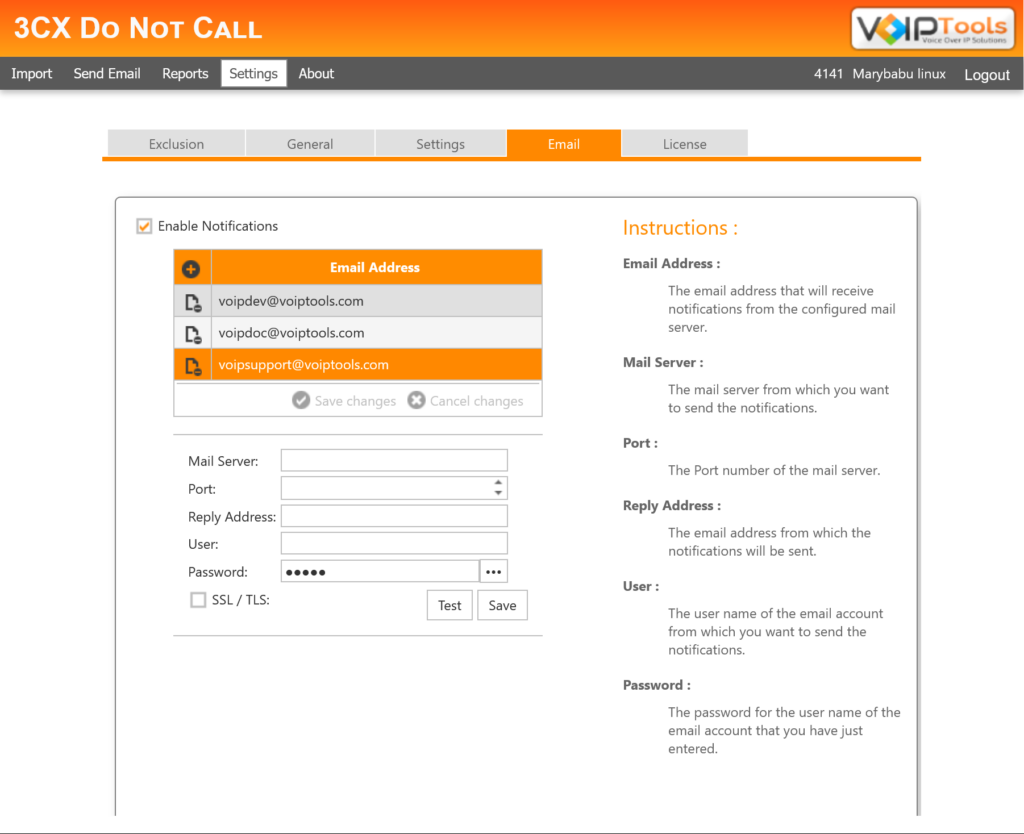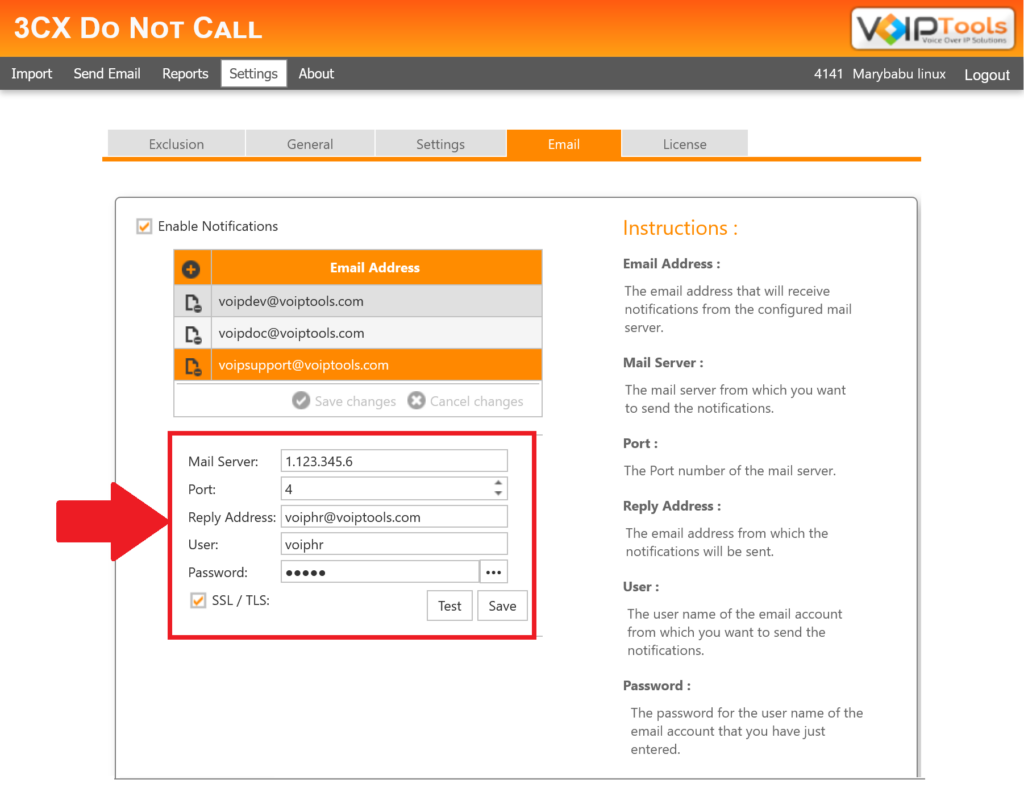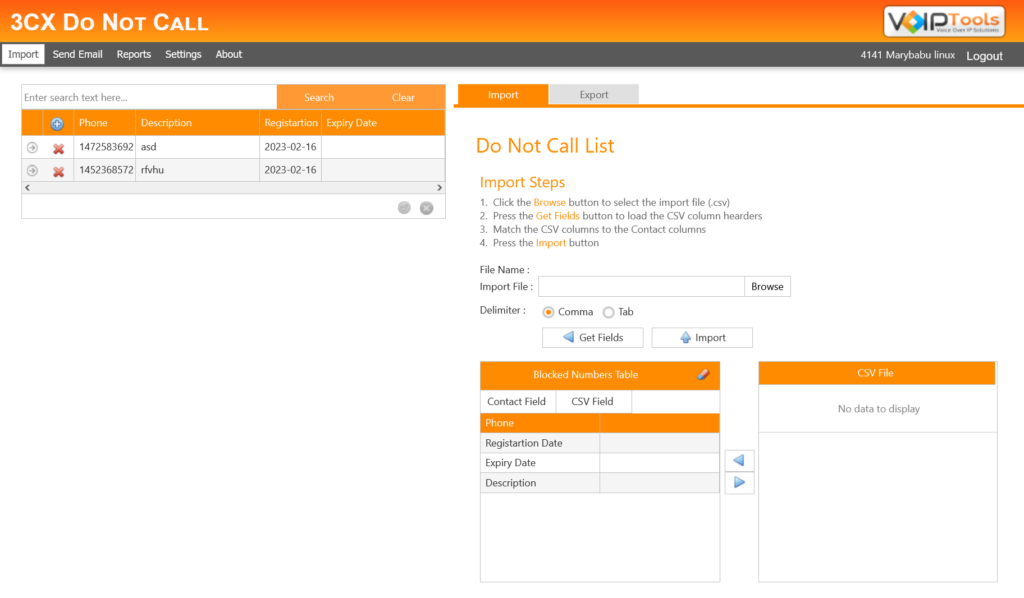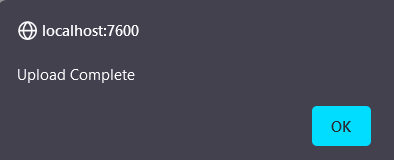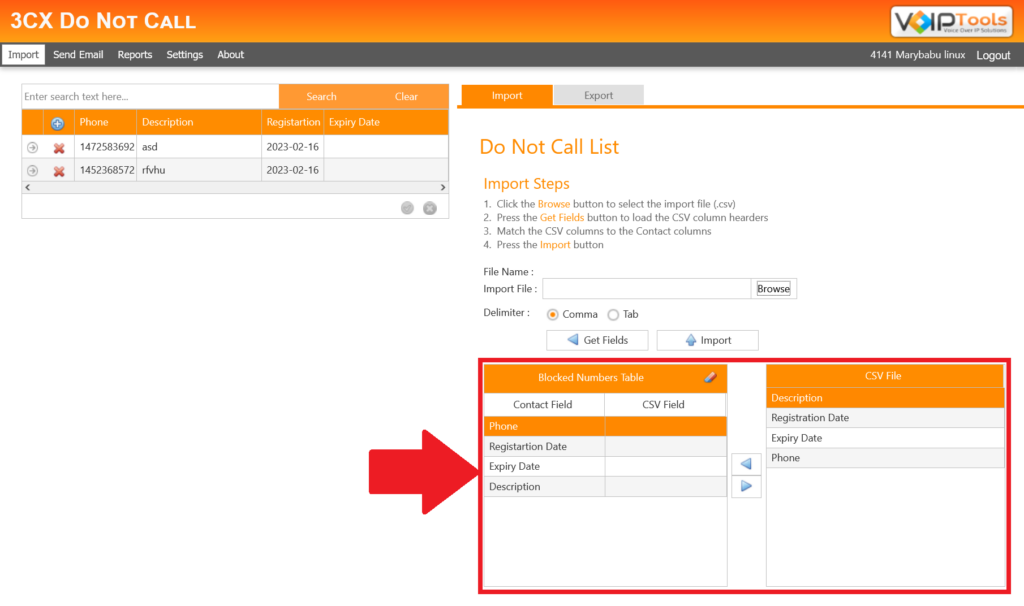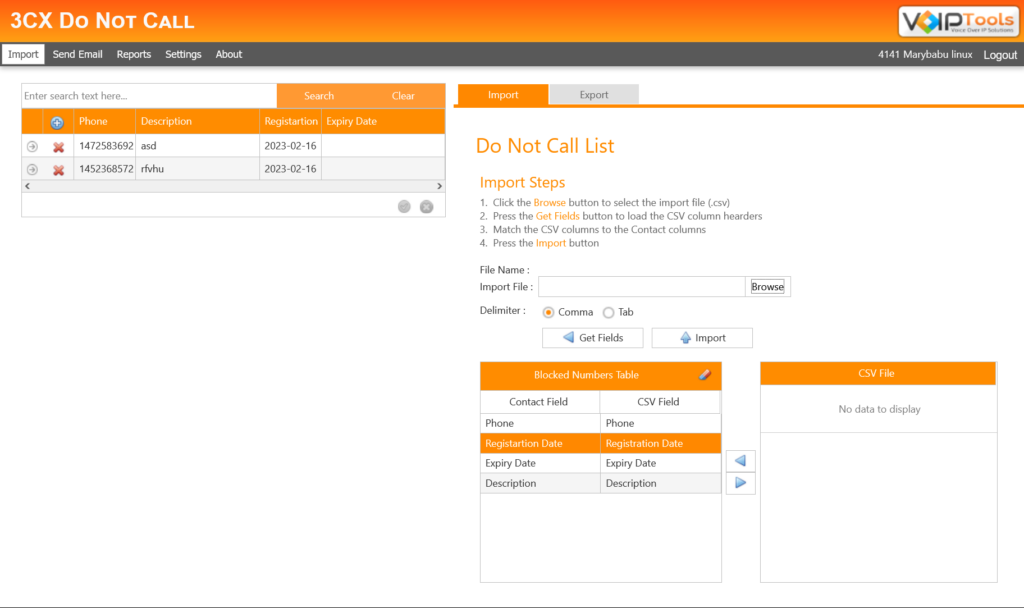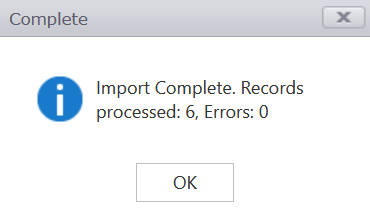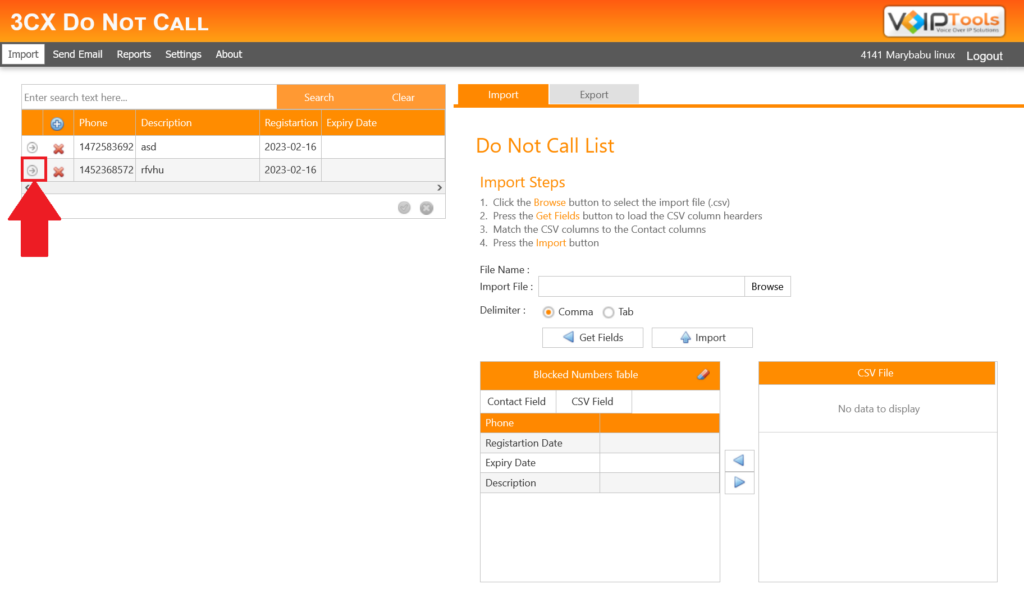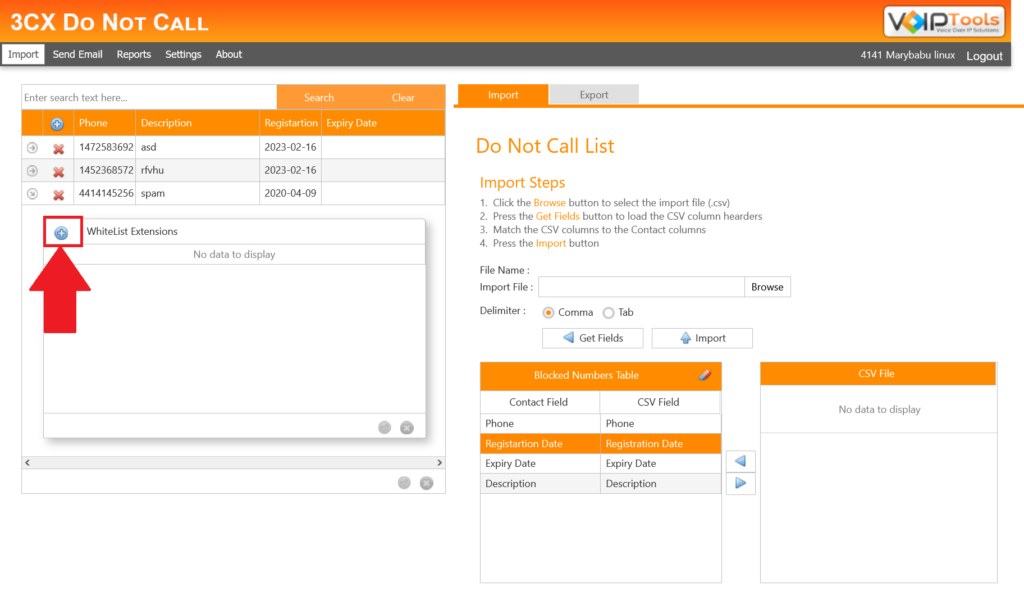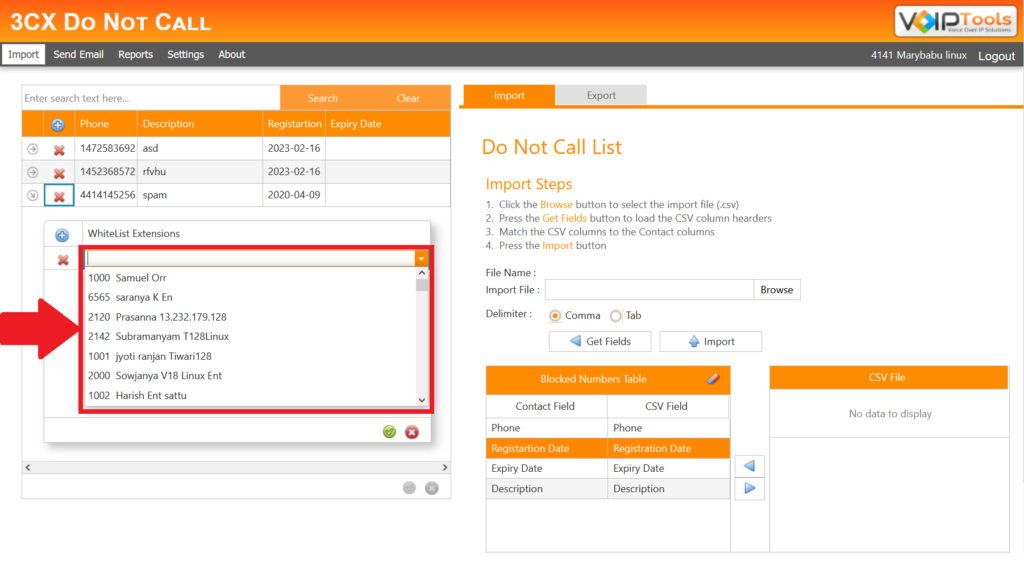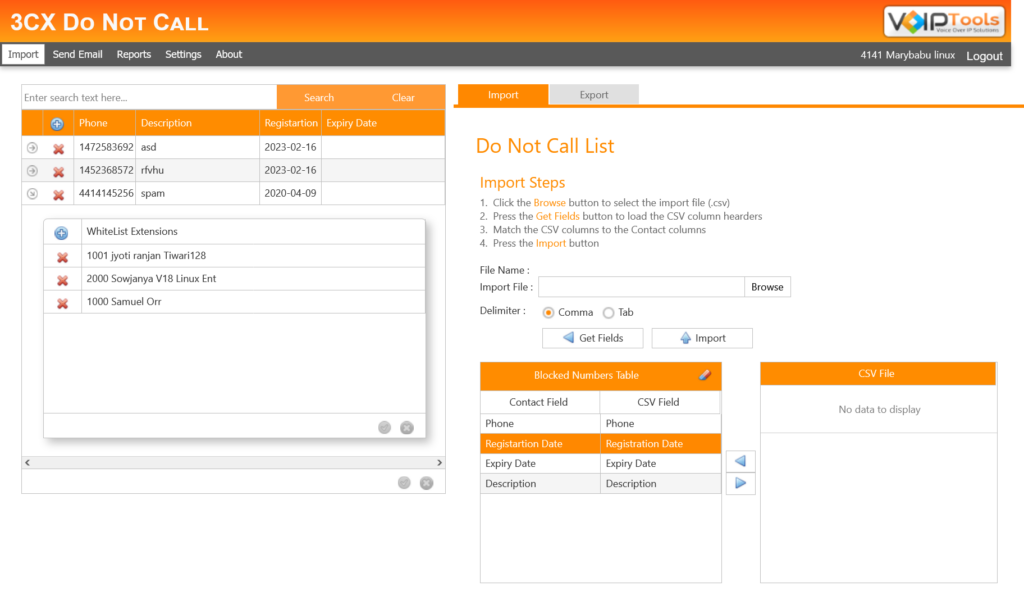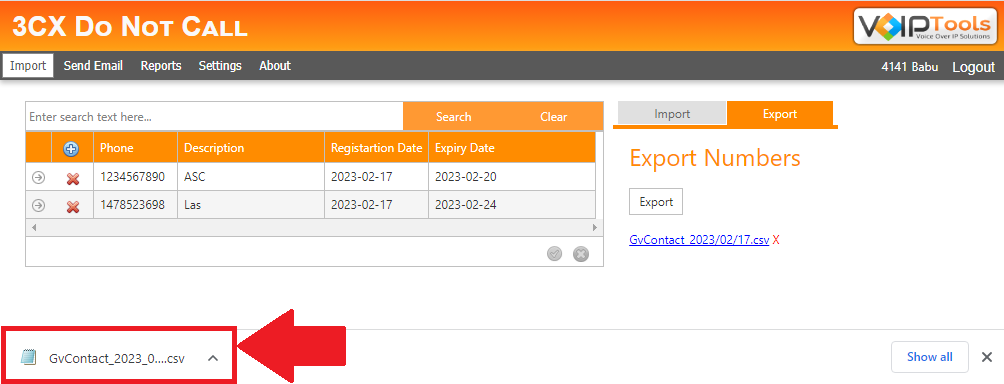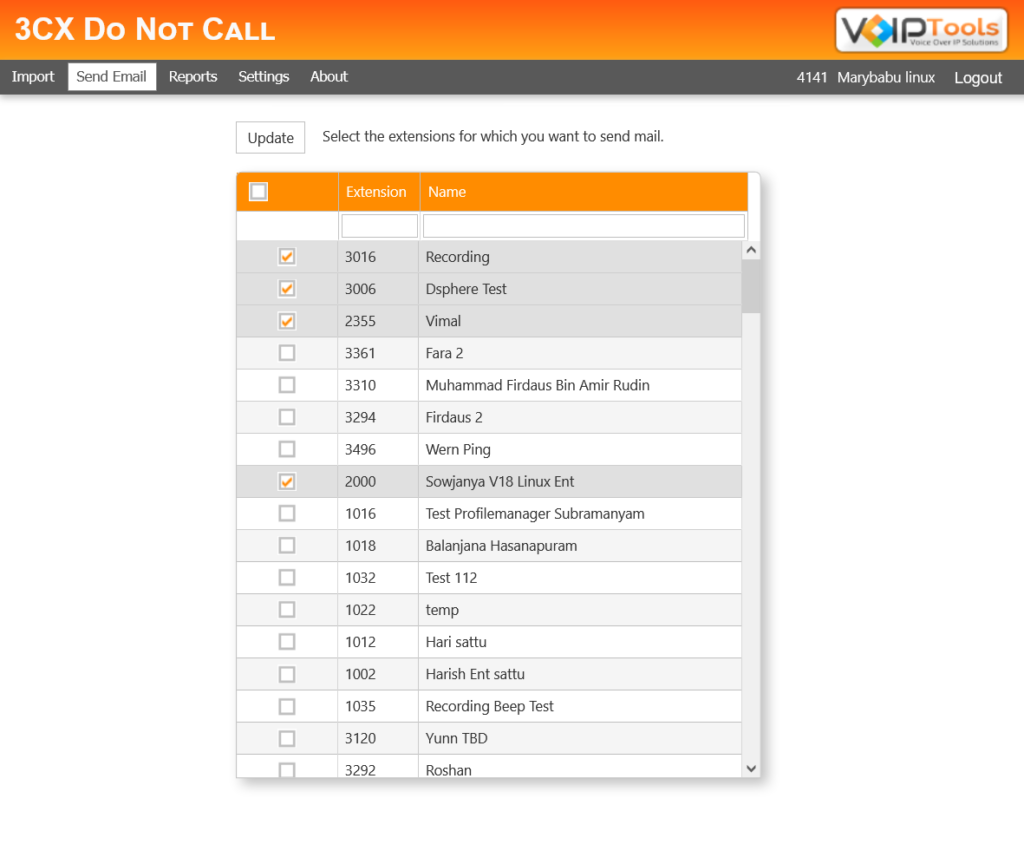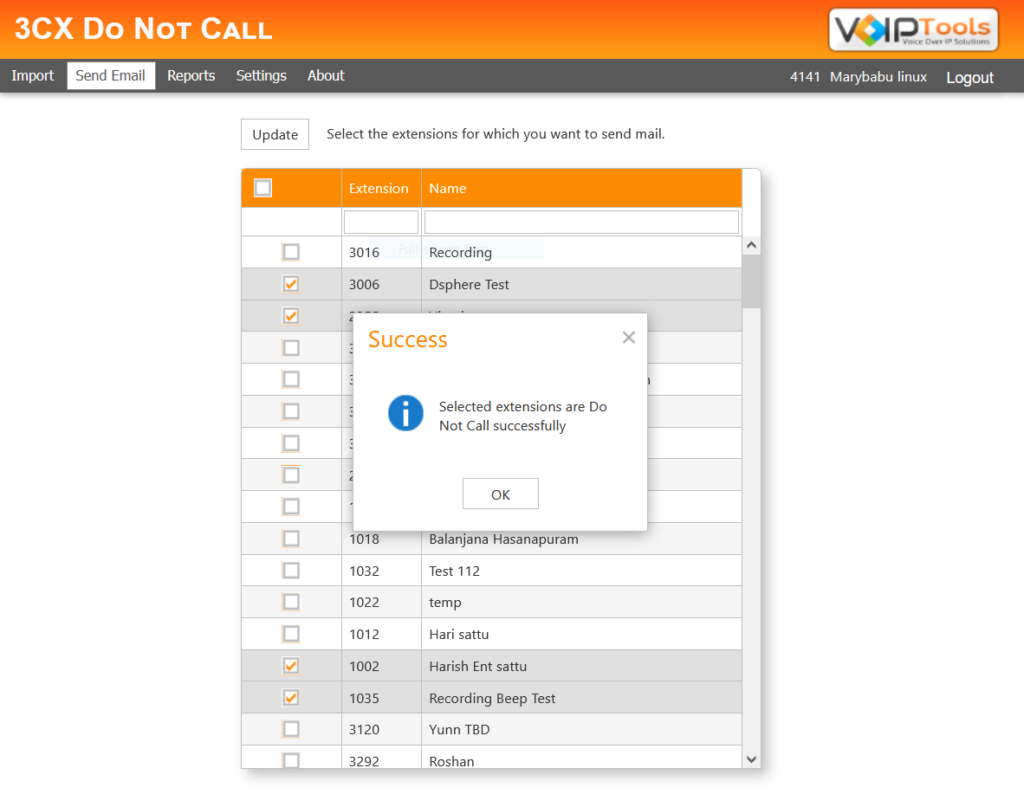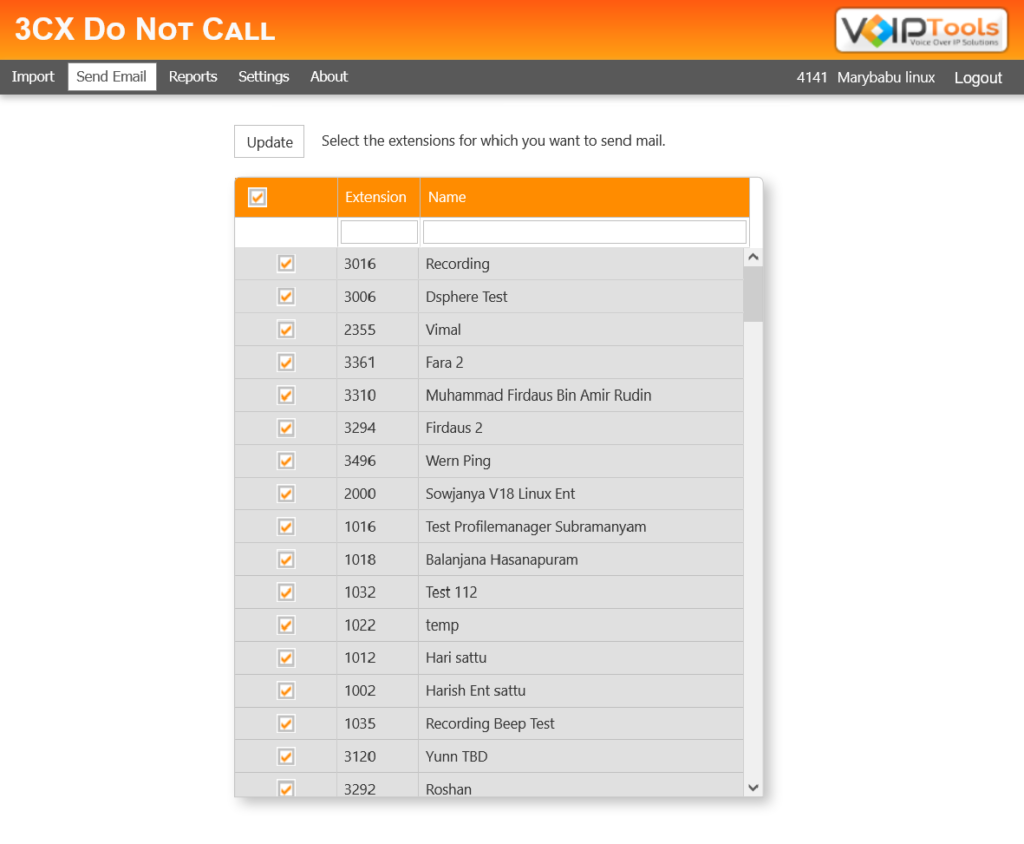Introduction #
Streamline Outbound Calls and Ensure Compliance with ‘3CX Do Not Call
Improve your outbound calling experience with ‘3CX Do Not Call,’ a powerful Windows service designed to transform your calls. This innovative tool actively monitors all your calls, ensuring you don’t waste time on unwanted or prohibited numbers. Take control of your calling process by comparing dialed numbers against an internal Do-Not-Call list, instantly dropping any matches. Stay informed with email notifications if your extension is selected in the ‘Send Email’ list. Say goodbye to frustrating call transitions and embrace efficient call management with ‘3CX Do Not Call.’ Upgrade your outbound calls today for a more productive experience.
Why Choose 3CX Do Not Call? #
 | EFFORTLESS DATA ANALYSIS | Access and analyze extensive historical presence data effortlessly on our user-friendly platform. Group, filter, and export this valuable information with ease, all conveniently located on a single page. |
 | ENHANCED REPORTING | Effortlessly generate reports on past presence information with our new capability. Access historical data effectively, surpassing 3CX’s default functionality. Optimize your 3CX experience and gain valuable insights. |
 | MAP TO 3CX | Easily assign your personalized status to one of the five pre-set options, ensuring that the accurate information is shown in your 3CX clients. |
 | REAL-TIME WALLBOARD | Experience the seamless power of instant connectivity as you effortlessly monitor and manage your own status while staying informed about the availability of your colleagues in real-time. Stay connected and updated with just a glance at your screen, ensuring smooth collaboration and effective communication within your team. |
Prerequisites #
Before installing ‘3CX Do Not Call’, you need to ensure that your computer meets the minimum requirements mentioned below:
- 3CX Version V18 (Professional or Enterprise Version Only)
- Microsoft .Net 4.7.2
- Microsoft SQL Server 2014 or above (Including the free SQL Express edition)
- Windows 10 or above / Windows Server 2012 or above (64-bit)
- Microsoft Internet Information Server (IIS) 7.0 or above
- Static IP for VoIPTools and 3CX servers
- Port number 7600 opened on your device.
NOTE:
You need a Static IP for both VoIPTools and 3CX servers to ensure proper two-way communication, both the 3CX server (Relay) and the VoIPTools server. Dynamically assigned IP addresses are not supported. Additionally, it is recommended to use HTTPS for secure communication, which requires a FQDN for SSL/TLS certificate validation between the VoIPTools server and the Relay.
NOTE:
While installing SQL Server, ensure the following,
- Uninstall the previous versions of SQL Management Studio manually before installing the new version.
- Install it in “Mixed Mode” to include SQL Authentication, and install SQL Management Studio
NOTE:
- When installing IIS, be sure to install Basic Authentication, .Net Extensibility, and ASP.Net 4.X
Installation overview #
 | DOWNLOAD SOFTWARE | You can order 3CX Do Not Call online at https://www.voiptools.com. Your order confirmation email will include your license key and a link to download the software. |
 | INSTALL PREREQUISITES | There are a number of prerequisites that must be installed prior to installing the 3CX Do Not Call. These prerequisites include Microsoft Internet Information Server (IIS) and Microsoft SQL Server |
 | INSTALL 3CX DO NOT CALL | This User Guide contains step-by-step instructions to successfully install 3CX Do Not Call. Begin by extracting the installer from the downloaded zip file then run the setup program named DoNotCallinstaller.exe |
 | REGISTER YOUR SOFTWARE | You must register your license key to activate 3CX Do Not Call. Your license key is included in your order confirmation email, and can also be found in your order history on our website. |
Step By Step Installation Procedure #
The following section guides you through a detailed walk-through of the installation process.
Step 1: Download 3CX Do Not Call #
- Find the software download link in the Order Confirmation Email, or you can find it in your order history on our website and download the 3CX Do Not Call application.
- In the Microsoft Defender SmartScreen, click the More Info option.
- Click the Run Anyway option to start the installation.
Step 2: Install the Prerequisites #
Click on the software installer downloaded in Step 1. The installation wizard will automatically identify the prerequisites and assist you with each installation required to 3CX Do Not Call. It includes .NET Framework (Web Installer), SQL Server Express (Web Installer), and SQL Server Management Studio.
- Click the downloaded installer executable to launch the Prerequisites Setup Wizard and click Next.
- In the Prerequisites window, install all the required prerequisites identified by the installer, or select/ unselect the applications based on your requirements and click Next to continue.
The installer will download and install the selected applications. It may take several minutes to complete.
- In the Microsoft SQL Server License Terms click the Accept button to acknowledge the license terms and continue.
- This page appears if you do not have SQL Server Express preinstalled in your device.
- View the SQL Server Media target location in the Media Location field. If required, you can click the Browse button to change the location. Click Install to begin the installation of SQL Server Express.
SQL server installation is in progress. This may take several minutes to complete.

- Click the Close button once the prerequisites are installed.
Microsoft SQL Management Studio installation is in progress. This may take several minutes to complete.
- Click Yes in the Confirmation Message Box to reboot the computer.
Step 3: Start the installation process #
- Click Next on the 3CX Do Not Call Setup Wizard screen.
- On the Select Installation Folder window, the Folder field displays the path where the 3CX Do Not Call gets installed. You cannot change the location path.
- Click Next to continue with the installation.
Step 4: Test Relay Settings #
- In the 3CX Relay Services window, in the Relay Host field, enter the FQDN of your 3CX server.
- Enter 8801 in the Relay Port field.
- Enter the public key you took from VoIPTools Relay services in the Public Key text area.
- Click the Test Relay Settings to confirm ‘3CX Do Not Call’ can communicate with the Relay services running on the 3CX server.
- If the ‘3CX Do Not Call’ is successfully able to communicate with the Relay services that run on the 3CX server, a Success message box appears. Click OK. If the test fails, you will not be able to continue until communication with the relay is established.
- Click Next to continue with the installation.
NOTE:
- You must set the Relay Port to 8801.
- If the Relay test fails, you cannot continue the installation until you establish communication with the Relay. If the test was unsuccessful confirm the following,
- Confirm you have the correct firewall port open (default TCP 8801) on the 3CX server and the firewall protecting the 3CX server.
- Confirm that you have entered the correct FQDN for the 3CX server.
- Confirm that the 3CX Do Not Call and Relay use the same port and protocol.
Step 5: Configure the database #
When configuring 3CX Do Not Call, select an existing Microsoft SQL Server instance in your environment. The database server can be a remote SQL Server or a local instance running on the VolPTools server.
- On the SQL Database window in the Server field, select the desired instance of SQL Server.
- To use SQL Authentication, uncheck the Trusted Connection checkbox.
- In the Username and Password fields, enter valid SQL login account credentials.
NOTE:
- We recommend you use SQL Authentication rather than Windows authentication. Many of our tools leverage a Call Flow Designer (CFD) application running on the 3CX. Frequently our CFD applications require access to a SQL database. If the 3CX server and the database server are not in an Active Directory domain, Windows authentication will fail.
- To use SQL Authentication, you must configure the SQL server to run in Mixed Mode. If you install SQL Server with our tools, we configure SQL in Mixed Mode.
- To use Windows Integrated Authentication (not recommended), check the Trusted Connection (Windows integrated authentication) checkbox.
- Click the Test SQL Connection button to confirm connectivity to SQL Server.
- Click OK on the Test Results message box.
NOTE:
In the Database field, the installer will automatically display the default database name. We encourage you to use the default name. To upgrade or reinstall 3CX Do Not Call, select the current database name from the list.
Step 6: Installing 3CX Do Not Call #
- Click Install in the Ready to Install window.
The application installation may take several minutes to complete.
- Check the Launch 3CX Do Not Call checkbox and click Finish when the installation is complete.
Step 7: Register your Software #
- Click the 3CX Do Not Call desktop icon
 to open the web application.
to open the web application. - On the Login page, do the following tasks,
- In the Extension field, enter your 3CX extension number.
- In the PIN field, enter your 3CX voicemail PIN.
- Click the Login button to log in to your account.
- Check the Remember Me check box so that next time you can log in automatically without providing login credentials.
NOTE:
‘Remember Me’ feature will work until the time cache is not cleared.
- On the 3CX Do Not Call web application, in the top menu bar, select the Settings menu.
- Click the License tab to open the license page.
- Enter your registration information in all the fields (Note the red dot denotes a required field) and click Register
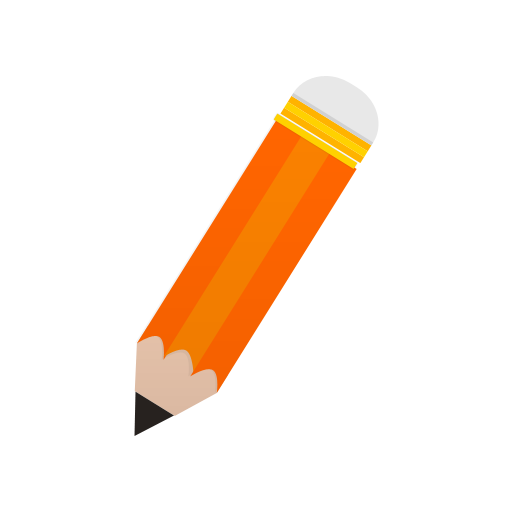 to complete your software registration.
to complete your software registration.
NOTE:
The license key permits you to install the software on one computer. This is not free software.
Web Portal #
To access the ‘3CX Do Not Call’ web portal, click the Web Portal button on the configuration program, or click on the desktop icon that was created during the installation process (‘3CX Do Not Call’ Web).
Login Privileges #
The 3CX Do Not Call web application is displayed differently for Agent login and Manager Login.
Manager Privileges #
When you log in as a Manager, you have access to all the menus in 3CX Do Not Call application.
Agent Privileges #
As an agent, you will be able to see only the Reports and About screens.
Settings Screen #
The Settings screen enables you to set global exclusions, set the ‘Scheduled Time’ to delete expired phone numbers, start/stop the Windows service, configure culture settings, and email server settings, and register your license key.
Exclusions tab #
You may have a situation where certain extensions need the ability to call phone numbers that are on the Do Not Call list. The Exclusion tab allows you to select the extensions that can bypass the Do Not Call restrictions.
- Place a checkmark next to the extensions you wish to exclude from the Do Not Call restrictions.
- Press the Save button to commit the changes.
Settings tab #
From here, you can configure ‘Scheduled Time’, and restart ‘3CX Do Not Call’ application with new settings.

| Scheduled Time | It configures the contract expiry date. |
| Black and White List | Block List blocks out all the outbound calls for the contacts in the Contacts list. Whitelist lets outbound calls in the Contacts list but blocks those that are not in the Contacts list. |
| NSN Length | National Significant Number length. It checks the number of digits of the imported number with that of the number entered in the NSN Length field. |
- Under General, and in the Scheduled Time field, enter the desired time so that the timer will check regularly at the scheduled time for contacts that have reached expiry date and deletes them contact from the ‘Do Not Call List’.
NOTE:
You must restart the Do Not Call application when you update the Scheduled Time.
- Select either of the desired Block/White List option based on your requirement:
- Select Block List if you want to block the outbound calls in the Contacts list. OR,
- Select White List if you want to allow outbound calls in the Contacts list but block those that are not in the Contacts list.
NOTE:
You can whitelist the extension in the Import menu.
- In the NSN Length field, select the desired number (Say, ‘X’ digits for instance) so that, if X digits from the right of the phone number match with that of the imported number then, ‘3CX Do Not Call’ considers the number.
- For example, if the original number is 18016424655(11 Digits) and configured NSN Length is 10 then, 3CX Do Not Call will match last 10 digits from the right of the original number with that of the imported number i.e. (8016424655). Hence using this feature, our application will work even without a country code.
- Click the Save
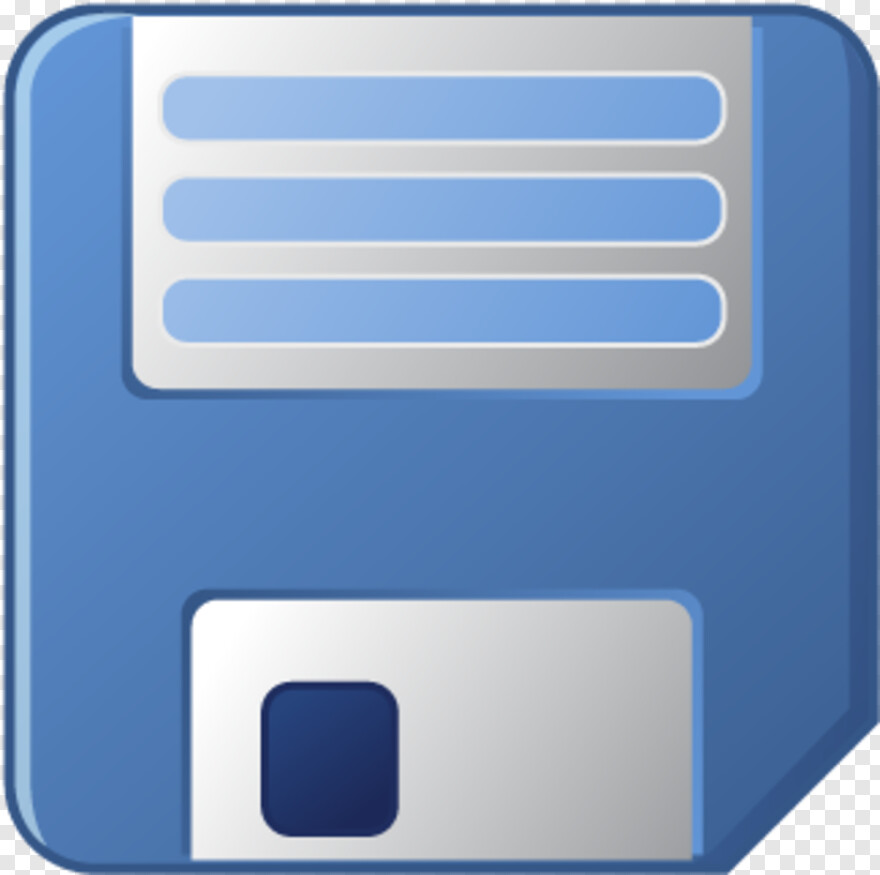 button to save the settings.
button to save the settings.
NOTE:
You can click the Reload
button to log all the users out of ‘Do Not Call’ and restart the application with new settings.
General Screen #
From here, you can configure Culture settings and start/stop the ‘3CX Do Not Call’ service.
Field Definitions #

| CULTURE | It lets you define how the dates are displayed |
| START/STOP | You can monitor the status of this service here. |
| REFRESH | The refresh link updates the status if changes to the service status were made directly on the Windows Service Snap-in |
| STATUS | It shows the current status of the Windows service |
Culture settings: #
The Culture settings let you configure the dates displayed in the application.
Follow the procedure to configure the Culture settings,
- On the top menu click the Settings menu and click the General tab.
- In the Culture section, select the desired culture from the Name list for the complete 3CX Do Not Call web portal.
The portal will automatically update the display of the underlying UTC date/ time stored in the database to the selected culture. This is a global setting.
NOTE:
The default culture is English-US.
Start/Stop Service #
- To start or stop a service, click the Start/ Stop button.
- Click the Refresh link to update the status if changes to the service status were made directly in the Windows Service Snap-in.
NOTE:
If the service status is “Unknown”, this is typically caused by the ‘3CX Do Not Call’ IIS Application Pool user may have insufficient rights.
Email Screen #
From here, you can configure ‘Email Server Settings’.
Enable email notifications: #
- On the Settings screen, click the Email tab.
- Check the Enable Notifications checkbox if you want to enable email notifications.
Add Email Address #
You can define the person to receive notifications. Follow the procedure to add an email address,
- On the left of the Email Address column header, click the Add
 button and add email addresses. The grid supports batch editing, enabling you to add, delete, or edit multiple addresses before you save and update them.
button and add email addresses. The grid supports batch editing, enabling you to add, delete, or edit multiple addresses before you save and update them.
- In the Email Address field, enter the email address where notifications should be sent.
- Click the Save Changes
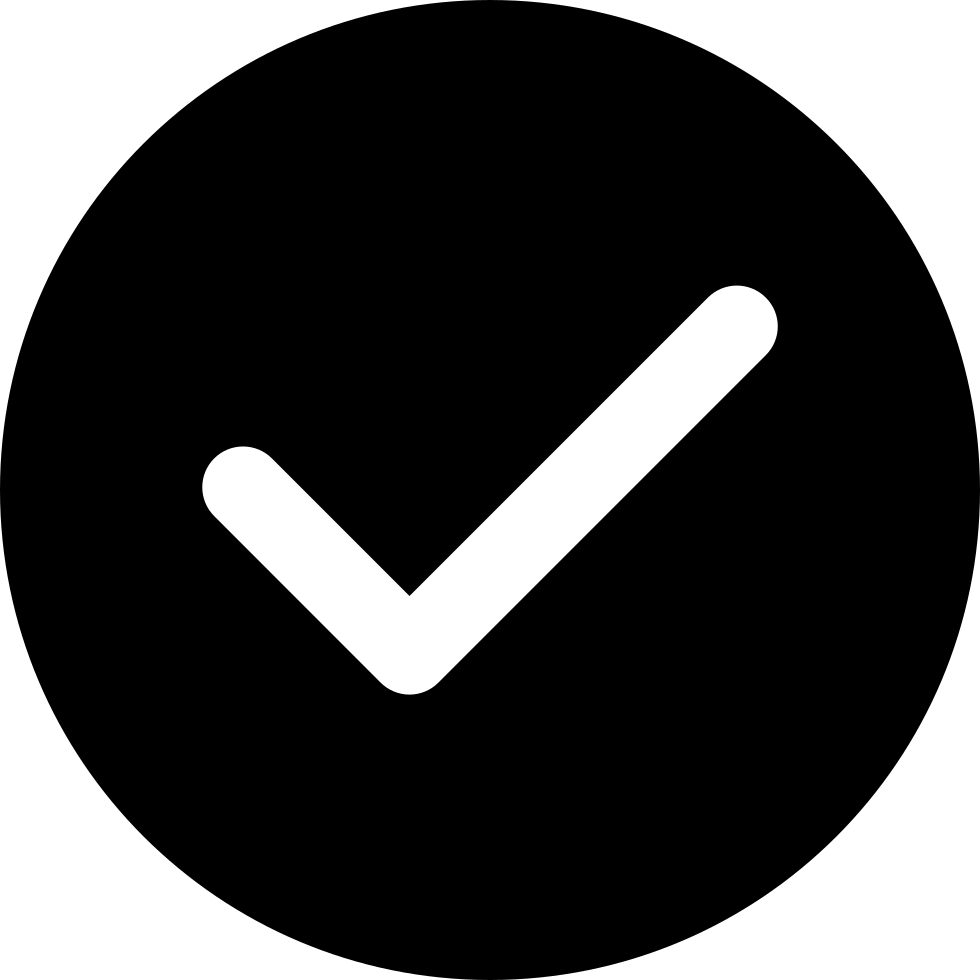 button to save the email address to the grid.
button to save the email address to the grid.
Delete Email Address #
- In the Email Address list, look for the email address that you want to delete.
- Besides the desired email address, click the Delete button.
- To save your changes, press the Save Changes
 button.
button.
Email Notification Settings #
- In the Mail Server text field, enter the mail server name from which you want to send the notifications.
- In the Port field, enter the port number of the mail server. The default port number is 25.
- In the Reply Address field, enter the email address from which you want to send the notifications.
- In the User and Password fields, enter the login credentials of the email account from which you want to send the notifications (if required by your mail server).
- Check SSL/TLS check box to secure the connection to relay email.
- Test your email settings, you can send a sample email notification to the configured email addresses by clicking on the Test button or clicking the Save button to save all the email servers and notification settings.
NOTE:
Click the More
button; and to conceal it, click the same button once again to reveal the password
Import Screen #
You can access the Import screen only as a ‘Manager’. Here, you can import contacts from a CSV file into the central repository of contacts and export the contacts to a CSV file to your local device.
NOTE:
It is mandatory to restart the ‘Do Not Call’ Service once you import new contacts in order to apply DNC.
Import Contact List #
- In the Import screen, and in the Import File field, click Browse button to select the import file (.csv). You get an Upload Success popup when you upload proper files.
- In the List Name field, enter the name for the contact list.
NOTE:
If you do not specify List Name, then the contact will be created without a list name.
- Select the Delimiter option according to the one that you have specified in the import file (.csv).
- Check the Comma radio box if your .CSV file has rows and columns separated by commas.
- Check the Tab radio box if .CSV file has rows and columns separated by tab space.
NOTE:
Comma is the default delimiter
- Click the Get Fields
 button to load the CSV column headers into the CSV File list box.
button to load the CSV column headers into the CSV File list box.
- Move each of the columns from the CSV File list box into the CSV Field list box using the appropriate buttons such that the columns in the CSV Field list box will match those of the Contact Field list box.
- Select a row in the Blocked Numbers Table section, select a field from the CSV File section, and click the Add
 button to match the fields.
button to match the fields. - Select a field from the Blocked Numbers Table section and click the Remove
 button to remove the field.
button to remove the field.
- Select a row in the Blocked Numbers Table section, select a field from the CSV File section, and click the Add
NOTE:
Be sure to map the Name and Phone fields.
- Click Import
 button to import all the contacts from the CSV file into the central repository of contacts. You get the Import Complete popup to confirm the import of the fields.
button to import all the contacts from the CSV file into the central repository of contacts. You get the Import Complete popup to confirm the import of the fields.
Add Extensions to White List #
You can assign the contacts to the black list or the white list.
- In the Settings screen, if you select White List then,
- in the Import screen, you can call all the contact numbers in the imported contact list.
- In the Settings screen, if you select Block List then,
- In the Import screen, you cannot call any of the contact numbers in the imported contact list.
- To enable desired extensions to call any of the specific contact numbers, simply expand the desired contact number and then add the desired extensions to the white list.
To assign the contacts to white list follow the procedure,
- Select White List in the Settings menu.
- Click the More
 arrow to display the Whitelist Extension box.
arrow to display the Whitelist Extension box.
- Click the Add
 button to add a new whitelist extension.
button to add a new whitelist extension.
- From the Extension list, select the extension to assign as Whitelist Extension.
- Click the Save
 button to save the whitelist extensions.
button to save the whitelist extensions.
NOTE:
This functionality will work only for ‘Block List’ and not for ‘White List’.
Export Contact tab #
The Export tab lets you export the contact list in CSV format to your local device. Follow the procedure to export the contact list,
- In the Export tab, click the Export button.
- Click the CSV downloadable link to export the contact list to your local device.
You can find the CSV files in your Downloads folder.
Send Email Screen #
The Send Email screen enables you to select desired contacts from the list of all the contacts to which you want to send email notification in case if they call the contacts that are in ‘Do Not Call List’
- In the Send Email screen, select all the extensions for which you want to send email notifications.
- Click Update to save the changes. Click OK on the Update Success message box.
NOTE:
If a caller calls an extension on a DNC list then the call simply disconnects and the caller will receive an email notification if selected or will not receive any notification if not selected in the ‘Send Email’ list.
NOTE:
To select all the extensions, select the Select All checkbox.
Reports Screen #
The Reports screen enables you to view the history of all the call logs related to ‘Do Not Call List’. The information includes extension number, agent name, dialed number and date & time.
Need Support? #
You get quick answers to most of your inquiries in our online manual. If you prefer direct contact, we offer various support channels, including phone, email, live chat, and our helpful VoIPTools forums.
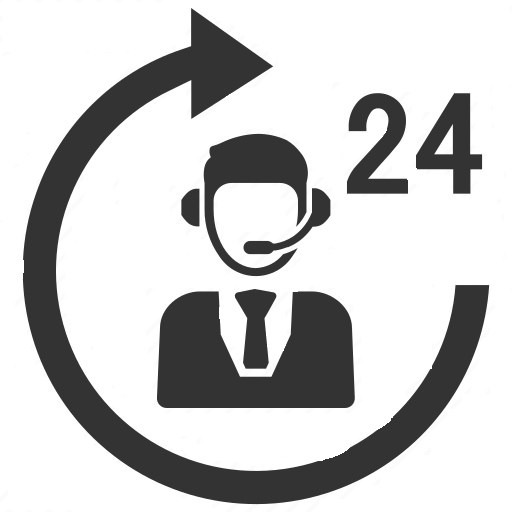
24/7 Support Availability #
Rest assured, our dedicated team is here to assist you around the clock, every day of the year. Whether you’re based in the USA or India, we’re ready to provide prompt responses to your technical queries.
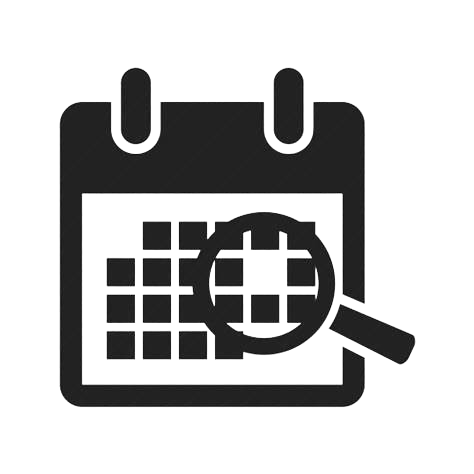
Windows Event Log for VoIPTools Applications and Services #
For troubleshooting any application errors, our Windows Event Log contains a comprehensive list of error messages, warnings, and informative notes related to all our VoIPTools applications and services. It’s a valuable resource to help you pinpoint and resolve any issues you may encounter.
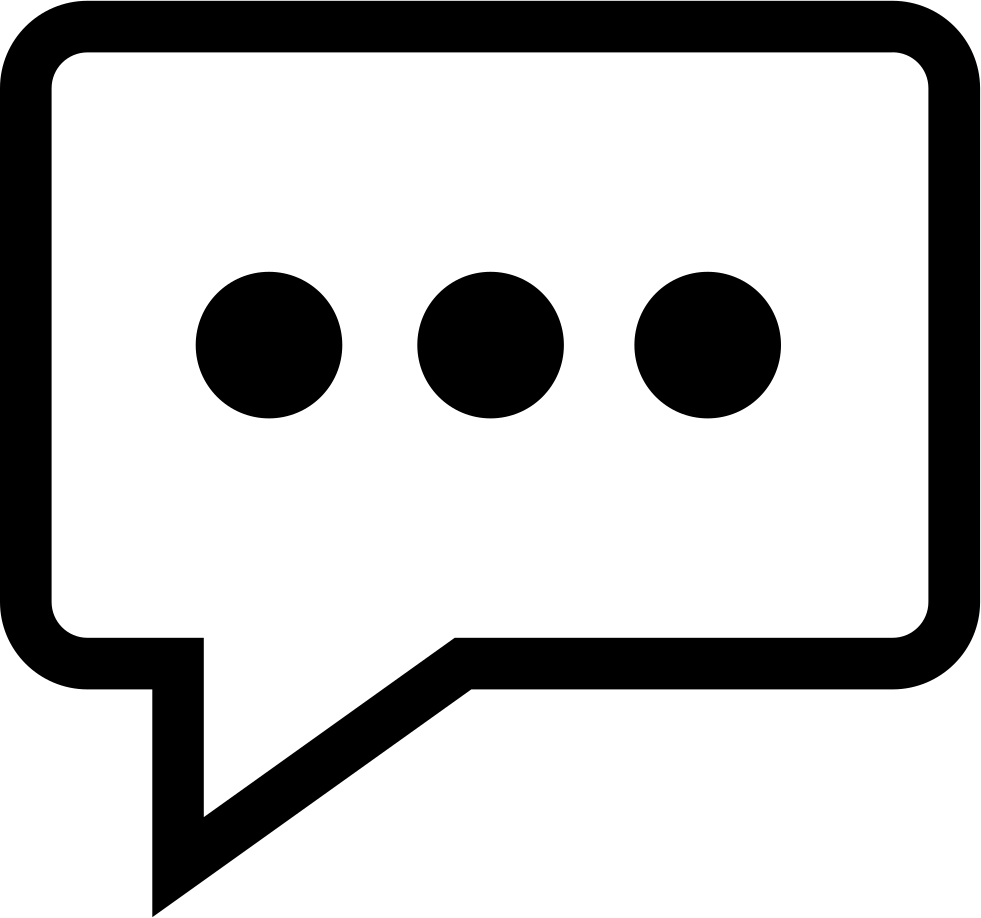
Join Our Forum Community #
Are you looking to collaborate with other VoIPTools customers facing similar challenges? Our forum is the perfect platform to exchange ideas, solutions, and best practices. Join the conversation at: https://www.voiptools.com/community/
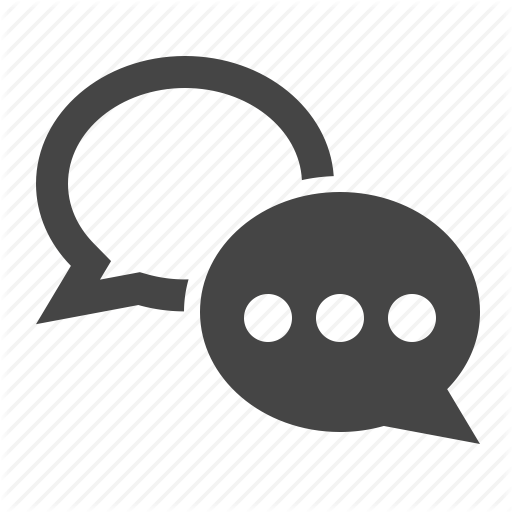
Real-Time Live Chat Assistance #
Got questions that need immediate answers? Our chat support team is available to assist you in real time. Just click on the Live Chat button located at the lower right corner of our website, and we’ll acknowledge your queries right away.
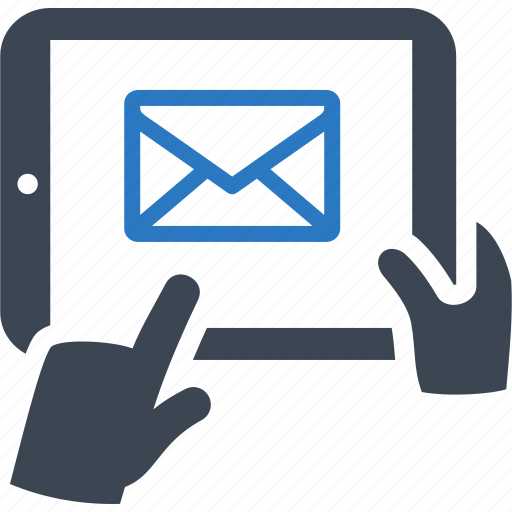
Efficient Email Support #
To ensure a thorough understanding of your concerns, email us at support@voiptools.com. Describe your issue in detail, and we’ll get back to you within one business day with the support you need.

Reach Us by Phone #
If you prefer to speak with a representative directly, you can reach us at +1 801-642-4655. Our attentive team is available to take your calls from 8:00 AM to 6:00 PM (Central Standard Time).
Comprehensive support services: #

Free Support #
If you’ve purchased our products through a VoIPTools Partner, rest assured that they provide first-level support at no additional cost. Partners have access to 100% free technical assistance and actively participate in the troubleshooting process.
VoIPTools customers enjoy access to our online manuals and receive support through emails (with responses within one business day) and live chat. However, please note that we do not provide remote server login assistance.
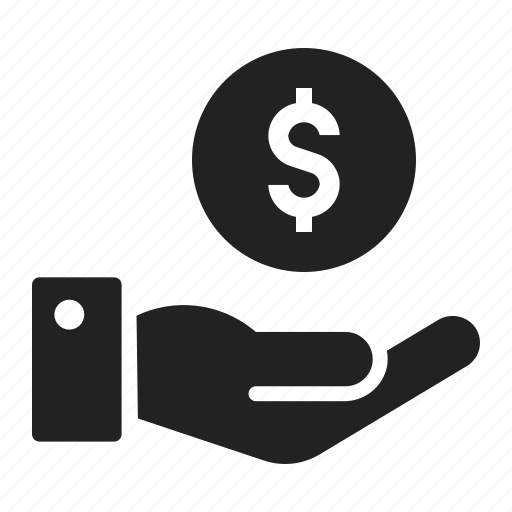
Paid Support #
For a more hands-on experience, consider our “Installation Support” package. Our expert support team can log in to your servers, and install and configure all our tools. This comprehensive service includes setting up SQL Server Express and Internet Information Server if necessary. We’ll work closely with you to tailor our applications to meet your requirements.
We’re committed to providing top-notch support to ensure your VoIPTools experience is smooth and hassle-free. Contact us today, and let us assist you in making the most of our powerful tools!
